The Vietnam-based website http://trandaiquang.org/toa-an-quoc-te-ket-toi-monsanto-huy-diet-moi-truong-viet-nam.html, on April 4th, 2017, reported that the International Monsanto Tribunal with headquarters in The Hague, Netherlands, had charged Monsanto Corporation for destroying the environment in Vietnam. The International Tribunal’s ruling reads: The US-based Monsanto transnational had committed crimes against the environment and human health in Vietnam.
When reading the report, I remember Mr. Tran Van Xen, an Vietnamese-American intellectual residing in Garden Grove, California, the US, who wrote an open letter to US President Obama on May 30th, 2015, and the US President replied on July 23rd, 2015. In his letter, Mr. Xen with his capacity as a US citizen demanded that the US, particularly, the US Administration, the US Army and the US-based Monsanto Corporation, should be responsible for what they had done in Vietnam by overcoming the aftermath of Monsanto-produced toxic chemicals sprayed by the US Army in South Vietnam, and providing assistance for victims of the toxic chemicals.
With the agreement of Mr. Tran Van Xen, the Agent Orange Magazine would like to introduce the letter below.
Dear President Obama,
Agent Orange victims, a terrible consequence of Vietnam War, are a painful problem for humankind. There are an estimated 3 million victims not receiving proper treatment due to lack of medicine and money.
As a citizen of the United States, I propose that the United States should take responsibility for treatment and aid for those victims. We caused this war, and we sprayed this chemical during the war.
In 1954, after Vietnam defeated France at Dien Bien Phu, the Geneva committee established the Geneva Agreement: Vietnam was temporarily divided into North Vietnam and South Vietnam, with an agreement from both sides that Vietnam will have a general election after two years for country reunification. The final statement of the agreement was clear: the division status is temporary only until the general election will take place on July 1956, under the supervision of Monitoring and Control Board International.[1] However, this election did not proceed because the United States did not allow it. Near the election time, Allen Dulles, then CIA director, submitted a report to President Eisenhower that President Ho Chi Minh would win 80% of the vote[2] as the “George Washington of Vietnam” after his victory over the French brought independence for Vietnam.[3] The U.S. worried that if the North were to win the election, the entire country of Vietnam might become a communist country, and therefore, the other countries in Asia such as Cambodia, Laos, Thailand, Myamar, Malaysia, Indonesia, and India would become communist countries also, based on the Domino Theory.[4] U.S. capitalist power in this rich area would be lost. [5] War broke out because the Vietnamese people still wanted their reunification, resulting in the death of over 2 million Vietnamese people and 58,000 U.S. soldiers. Furthermore, millions of Agent Orange victims still exist. Domino Theory proved to be flawed. Today, Vietnam is unified under the communist regime, but those countries have their own independent regimes.
United States committed a grave mistake when they tried to stop the election. Because of U.S. self-interest, it interfered in Vietnamese internal affairs by establishing pro-US governments in South Vietnam. We supported the power-hungry President Ngo Dinh Diem,[1] establishing a separate polity in south Vietnam and resolutely refusing the general election with the North. This caused an international disappointment for both the U.S. and South Vietnam, as it was considered a renege. Instead of letting the Vietnamese citizens vote for their leader, our intervention betrayed our liberal and democratic principles. Robert S. McNamara, a former Secretary of Defense who contributed to establish U.S. policy in the war, has recognized: “We were wrong, terribly wrong. We owe it to future generations to explain why.”[6]
Because of that renege, the United States and South Vietnam desperately fought the war despite lack of support from the people of Vietnam and the people of the United States. While millions of Americans demonstrated on the streets, 7 million tons of bombs[7] and 75 million liters of agent orange[8] were released on Vietnamese soil. Despite our advanced chemical warfare, we could not win the war. According to many historians, we lost because it was a nationalistic war: the independence and the unification of the country, and the support of the majority became the decisive factor that helped the communists to win the war, not their ideology or military superiority. [9] [10] [11] [12]
During the Vietnam War, between 1962 and 1971, the United States military sprayed nearly 20,000,000 U.S. gallons (75,700,000 L) of chemical herbicides and defoliants in Vietnam as part of the aerial defoliation program known as Operation Ranch Hand. [8] The goal was to defoliate rural/forested land, depriving guerrillas of food and cover and clearing sensitive areas such as around base perimeters, destroying crops because they were going to be used to feed the guerrillas. We later discovered nearly all of the food we had been destroying was not being produced for guerrillas; it was, in reality, only being grown to support the local civilian population. For example, in Quang Ngai province, 85% of the croplands were scheduled to be destroyed in 1970 alone. This contributed to widespread famine, leaving hundreds of thousands of people malnourished or starving.[13] Even more disturbing is the side effects to the people and the environment.
According to a study by one Vietnamese scientist, Dr Nguyen Viet Nhan, children in the areas where Agent Orange was used have been affected and have multiple health problems, including cleft palate, mental disabilities, hernias, and extra fingers and toes.[14] In the 1970s, high levels of dioxin were found in the breast milk of South Vietnamese women, and in the blood of U.S. military personnel who had served in Vietnam.[15] The most affected zones are the mountainous area along Truong Son (Long Mountains) and the border between Vietnam and Cambodia. The affected residents are living in substandard conditions with many genetic diseases.[16]
The government of Vietnam says that 4 million of its citizens were exposed to Agent Orange, and as many as 3 million have suffered illnesses because of it; these figures include the children of people who were exposed. The Red Cross of Vietnam estimates that up to 1 million people are disabled or have health problems due to contaminated Agent Orange.[17]
About 28 of the former U.S. military bases in Vietnam where the herbicides were stored and loaded onto airplanes may still have high level of dioxins in the soil, posing a health threat to the surrounding communities. Extensive testing for dioxin contamination has been conducted at the former U.S. airbases in Da Nang, Phu Cat and Bien Hoa. Some of the soil and sediment on the bases have extremely high levels of dioxin requiring remediation. The Da Nang Airbase has dioxin contamination up to 350 times higher than international recommendations for action.[18] [19] The contaminated soil and sediment continue to affect the citizens of Vietnam, poisoning their food chain and causing illnesses, serious skin diseases and a variety of cancers in the lungs, larynx, and prostate.[14]
About 17.8 percent—3,100,000 hectares (12,000 sq. mil.)—of the total forested area of Vietnam was sprayed during the war, which disrupted the ecological equilibrium. Dioxins from Agent Orange have persisted in the Vietnamese environment since the war, settling in the soil and sediment and entering the food chain through animals and fish which feed in the contaminated areas. The movement of dioxins through the food web has resulted in bioconcentration and biomagnification. [20] The areas most heavily contaminated with dioxins are former U.S. air bases.
In 1991, Congress enacted the Agent Orange Act, giving the Department of Veterans Affairs the authority to declare certain conditions ‘presumptive’ to exposure to Agent Orange/dioxin, making these veterans who served in Vietnam eligible to receive treatment and compensation for these conditions.[21] Through this process, the list of ‘presumptive’ conditions has grown since 1991, and currently the U.S. Department of Veterans Affairs has listed prostate cancer, respiratory cancers, multiple myeloma, type II diabetes, Hodgkin’s disease, non-Hodgkin’s lymphoma, soft tissue sarcoma, chloracne, porphyria cutanea tarda, peripheral neuropathy, chronic lymphocytic leukemia, and spina bifida in children of veterans exposed to Agent Orange as conditions associated with exposure to the herbicide. This list now includes B cell leukemias, such as hairy cell leukemia, Parkinson’s disease and ischemic heart disease, these last three having been added on August 31, 2010.[22]
We can see now how Agent Orange has resulted in widespread severe diseases for humans, especially for Vietnamese people still suffering. The effects are heartbreaking.[23] We must fight these diseases and help the victims. As a proud citizen of the United States, I urge you Mr. President to take action on this serious matter. The United States should take responsibility and leadership in providing assistance to Agent Orange victims in Vietnam.
Respectfully,
Tran Van Xen
Notes
1. Wikipedia, Vietnam War.
2. Dwight D. Eisenhower, Mandate for Change, 1953-56 (Garden City, NY: Doubleday & Compnay, Inc., 1963), p. 372
3. Prologue To Epilogue In Vietnam, Mortimer T. Cohen, 1979, p.227 and 251.
4. United States History, The Domino Theory
5. Félix Green, The Enemy: What Every American Should Know About Imperialism. Vintage Books, New York, 1971.
6. Robert S. Mc Namara, The Tragedy and Lessons of Vietnam, Paperback – March 19, 1996
7. Libcom.org, 1957-1975: The Vietnam War
8. Wikipedia, Agent Orange
9. Mitchell K.Hall, The Vietnam War, Pearson Education, 2007, p. 3.
10. Michael Bibby, The Vietnam War and Postmodernity, Univ of Massachusetts Press, 2000, p. 202.
11. James Stuart Olson, Historical Dictionary of the 1970s, Published 1999, Greenwood Press, p. 350
12. Frances FitzGerald, Fire in the Lake – The Vietnamese and the Americans in Vietnam, Vintage Books, 1972, p.549.
13. Verwey, 1977, p.116
14. “Agent Orange blights Vietnam”. BBC News. December 3, 1998. Retrieved April 23, 2010.
15. Thornton, Joe (2001). Pandora’s Poison: Chlorine, Health, and a New Environmental Strategy. MIT Press. p. 190. ISBN 978-0-262-70084-9.
16. Vietnam Ministry of Foreign Affairs – Support Agent Orange Victims in Vietnam
17. Jessica King (2012-08-10). “U.S. in first effort to clean up Agent Orange in Vietnam”. CNN. Retrieved 2012-08-11.
18. Evaluation of Contamination at the Agent Orange Dioxin Hot Spots in Bien Hoa, Phu Cat and Vicinity, Vietnam. repared for: Office of the National Committee 33, Ministry of Natural Resource and Environment, Ha Noi, Viet Nam and UNDP Ha Noi, Viet Nam by Viet Nam – Russia Tropical Centre, Ha Noi, Viet Nam with Technical Support Provided by Hatfield Consultants. June 2009
19. Hatfield Consultants and the Office of the National Steering Committee 33. Assessment of dioxin contamination in the environment and human population in the vicinity of Da Nang Airbase, Viet Nam. Vancouver, Canada: Hatfield Consultants, 2007. Final Report.
20. Vallero, Daniel A. (2007). Biomedical ethics for engineers: ethics and decision making in biomedical and biosystem engineering. Academic Press. p. 73.
21. “Agent Orange – Office of Public Health and Environmental Hazards”. .va.gov. 2009-11-11. Retrieved 2012-07-07.
22. Baker, Mike (September 2, 2010). “Costs of aging vets concern deficit commission”. The Air Force Times. Retrieved September 4, 2010.
23. http://blogs.denverpost.com/captured/2010/05/20/in-focus-agent-orange-in-vietnam/1924/
http://www.examiner.com/slideshow/agent-orange-victims-vietnam
https://www.youtube.com/watch?v=D4hbe5BaBoo
http://www.huffingtonpost.com/2013/08/26/agent-orange-victims_n_3818562.html



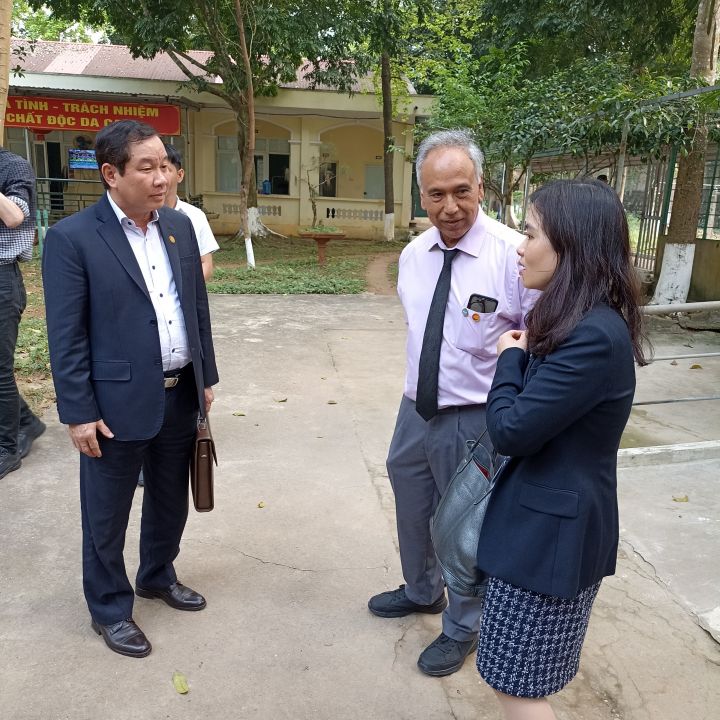

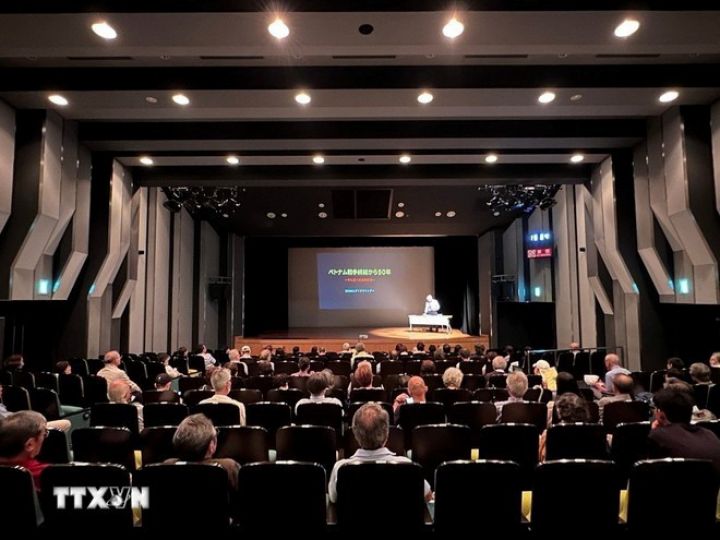

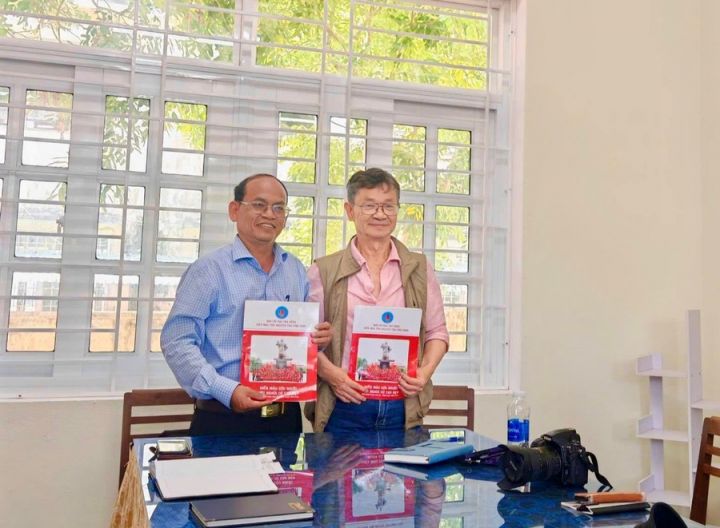
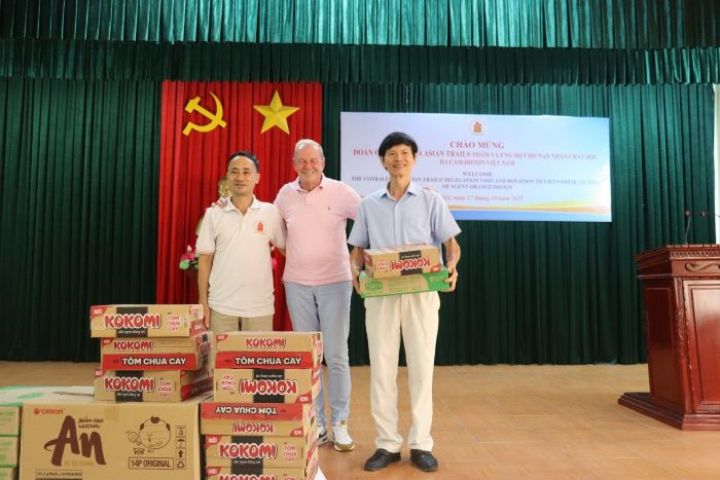
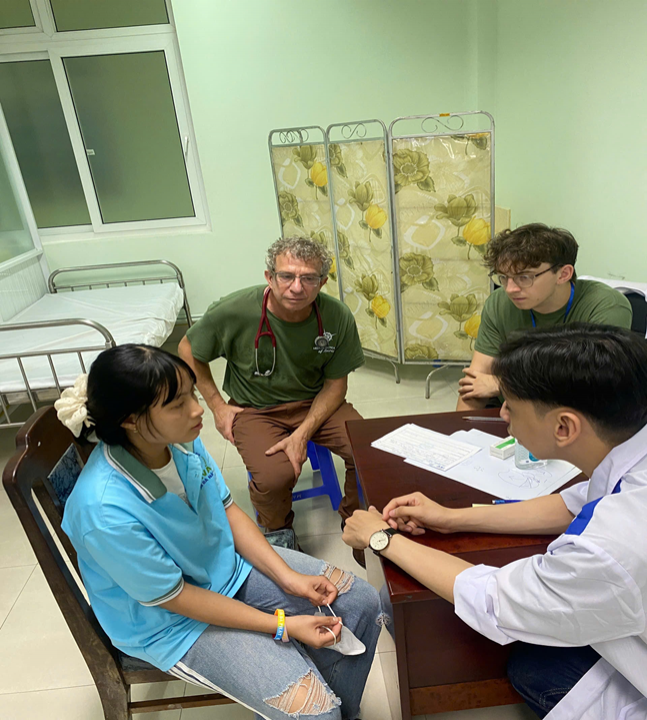











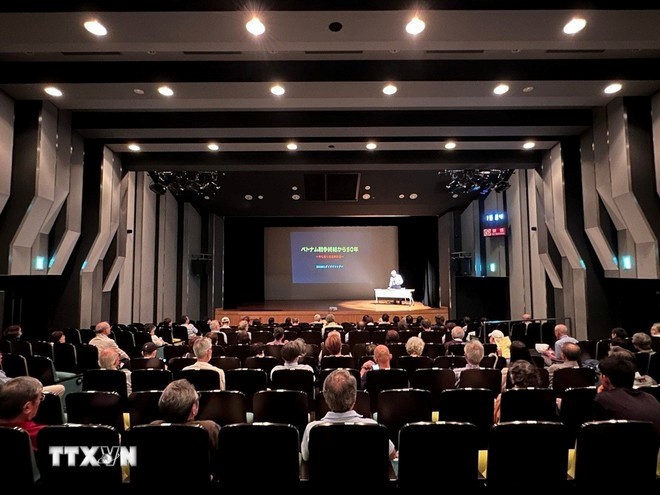
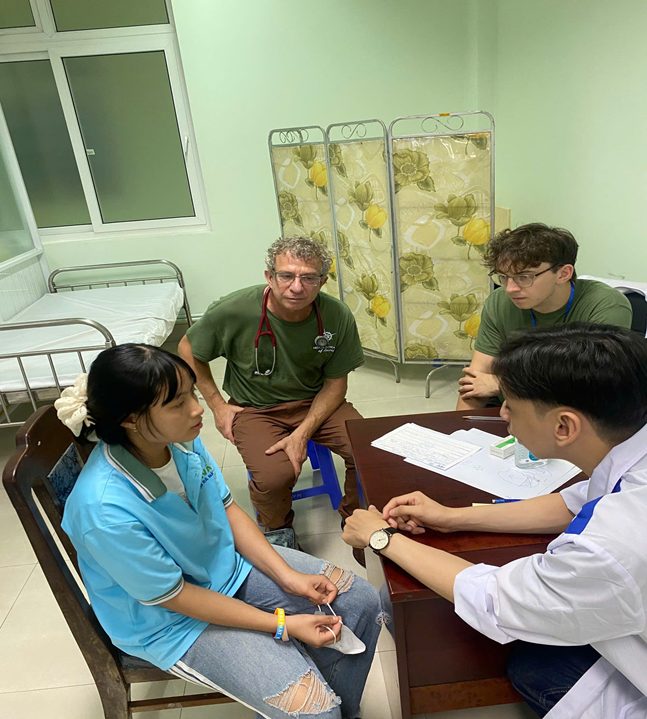
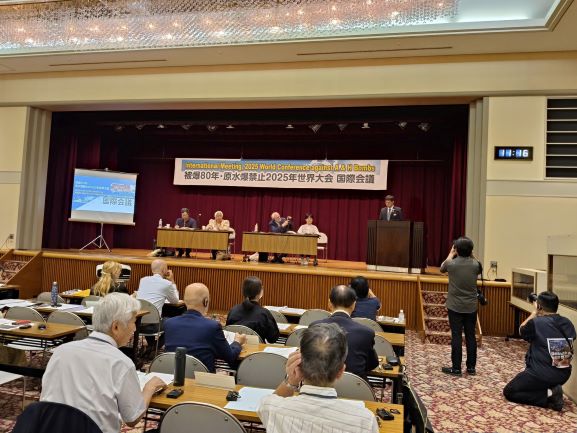
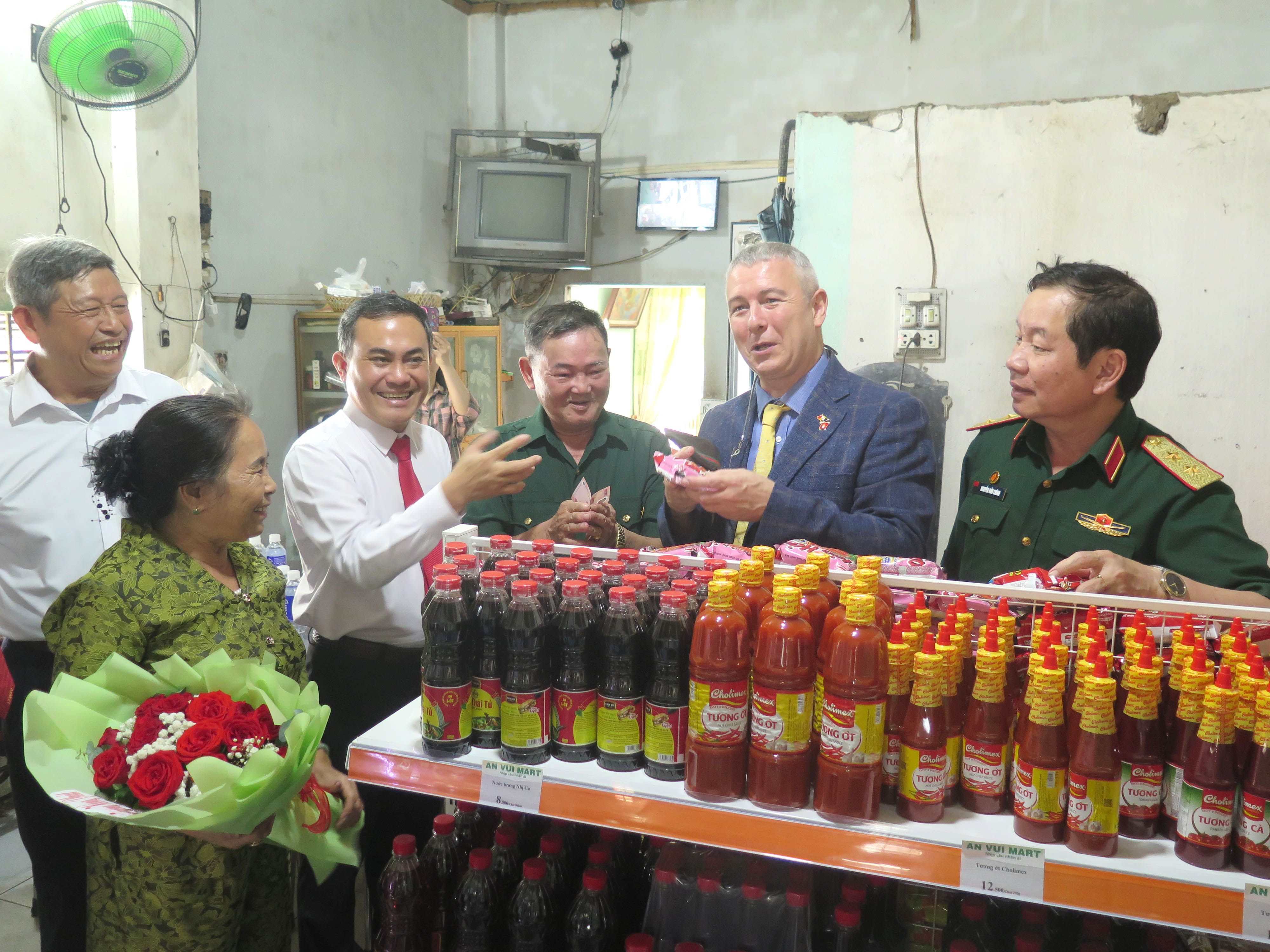
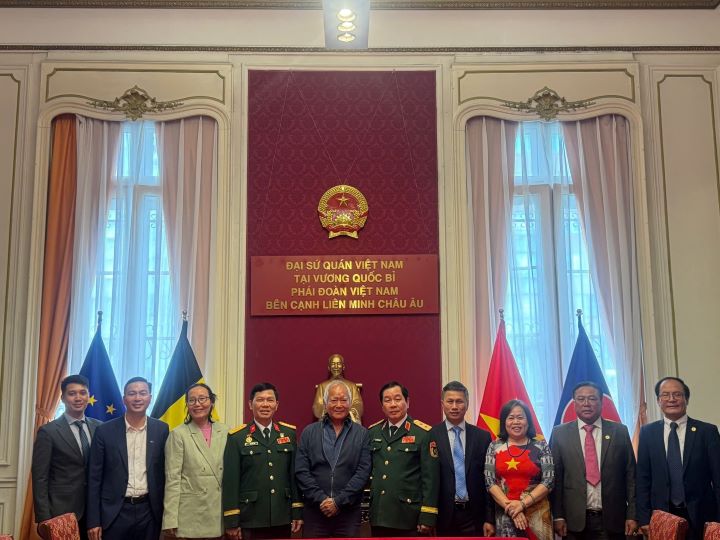
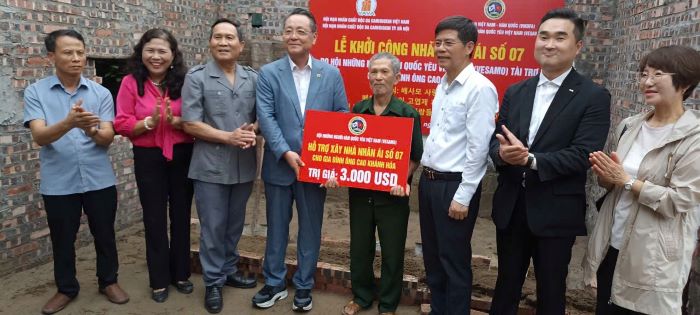
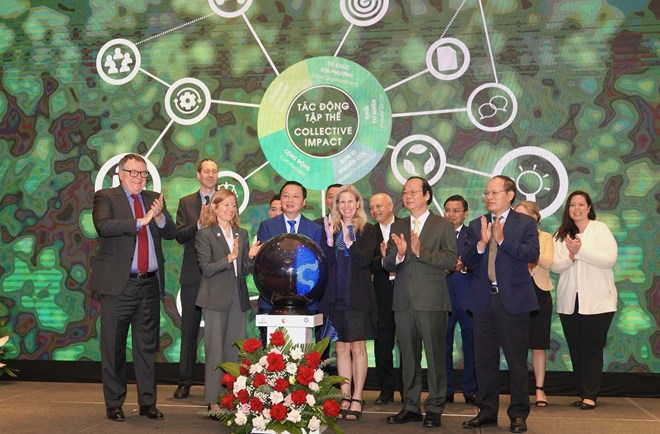

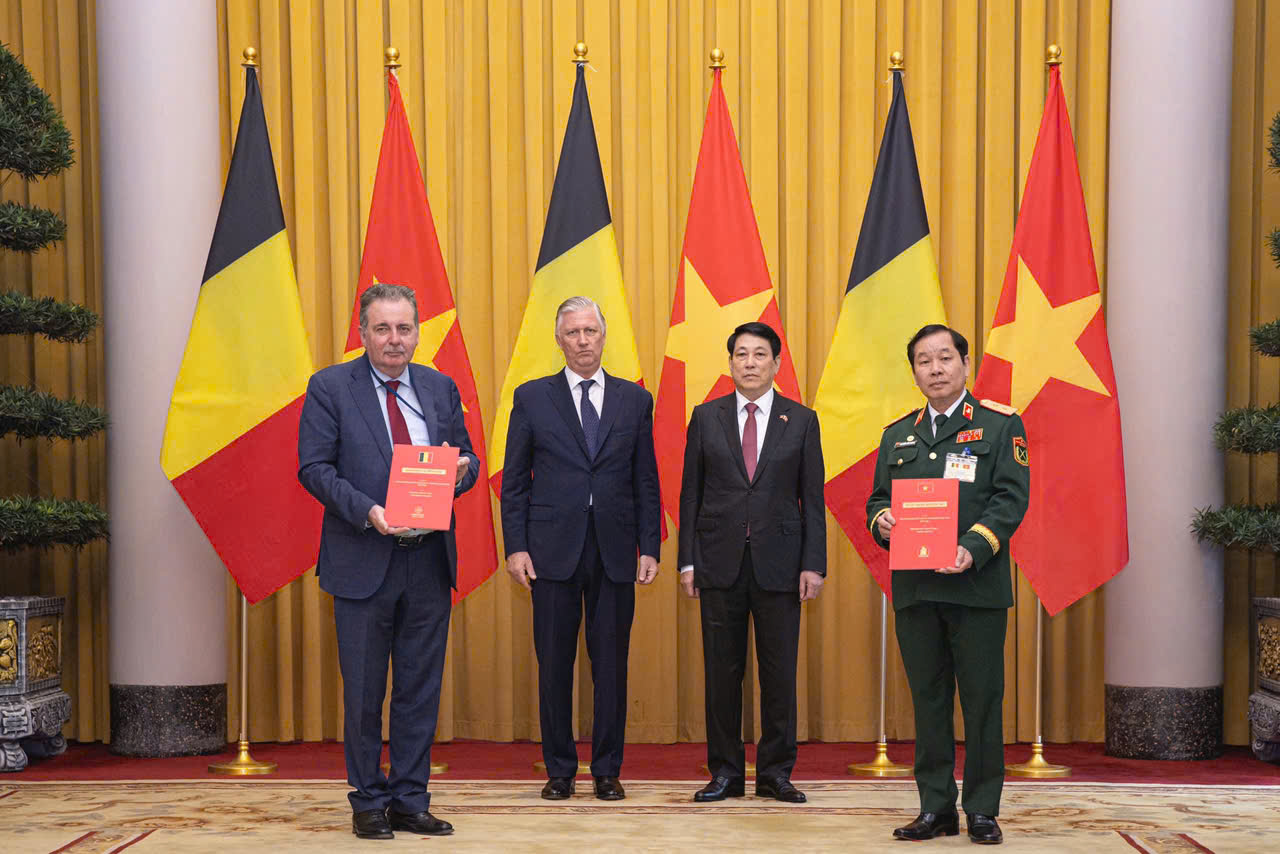


Comment